Six Things You Should Never Do to Keep Your Wi-Fi Network Secure
Wi-Fi networks are prone to hacking, but their security can be hardened by applying the right measures. Sadly, the Internet is filled with network security myths, and this makes people apply outdated advice and techniques, which make the things even worse. Read on to discover several steps that you can take to boost Wi-Fi security levels.
1. Don’t use WEP
WEP, the acronym for wired equivalent privacy, is a joke by today’s security standards. And yet, some people continue to use it, exposing not only their network password, but also the files on all the devices that are connected to the network.
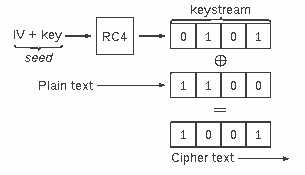
If you use WEP, stop reading this article and switch your network to WPA2. Of course, some of your devices may not support a WPA2 protocol. If this is the case, try updating their firmware, and if this doesn’t fix the problem, simply throw them away and purchase newer devices.
2. Don’t use pre-shared keys (PSK)
The PSK mode isn’t secure enough for business environments, and even for home users who tend to lose their devices. If this happens, you would need to change the PSK each time a smartphone or tablet gets lost or is stolen.
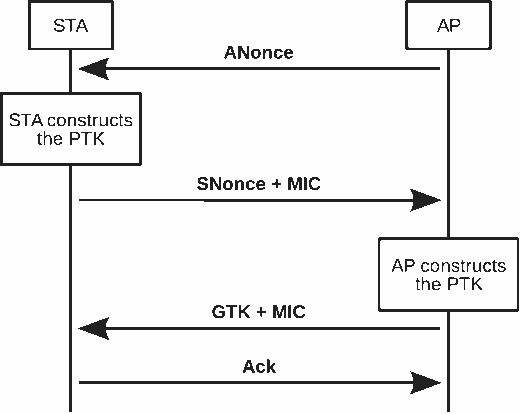
Use 802.1X/EAP to secure your network instead. This way each device can have its own login user and password, and even a digital certificate, if the network belongs to a company. In this case, if a device is lost, you would only have to change the login information for that particular phone, tablet, laptop, and so on.
3. Don’t rely on hidden SSIDs
One of the most circulated Wi-Fi myths is that hidden SSIDs will make your network invisible, and thus impenetrable. The reality is that even with hidden SSIDs, the network name can be easily recovered from the data packets, using a plain wireless analyzer.
Sure, some people think that a hidden network is harder to break into, and that may be true to a certain degree. This won’t be an impediment for an experimented security analyst or hacker, though. In addition to this, hidden SSIDs will decrease the speed of your network, due to the increased number of probe request/response data packets.
4. Don’t rely on MAC address filtering
Another common Wi-Fi myth is that filtering MAC addresses will keep trouble at bay. The reality is totally different, though: an attacker can sniff the MAC addresses, and then replicate an allowed address using his or her computer.
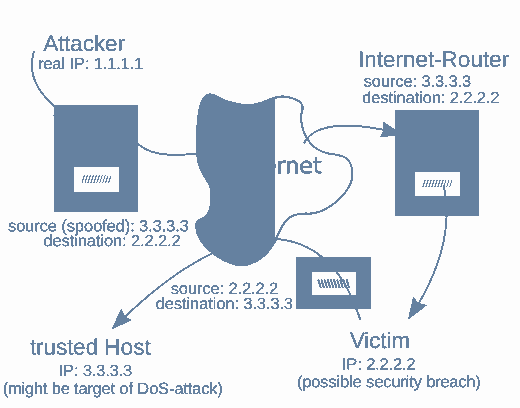
This doesn’t mean that you should drop MAC filtering. Just like with hidden SSIDs, it provides an extra layer of security, albeit a poor one. Changing and monitoring hundreds of MAC addresses in an enterprise environment is a complex, tiring task for sure.
5. Don’t set your router power to its maximum
Most routers have the ability of setting their emitting power. Often times, it’s a plain low, medium and high power setting. Still, if the devices that access your network are nearby, you should keep the power level to a minimum.
This way, Wi-Fi signal will only be kept inside the room or building. If you’ve got a particular device that needs higher Internet access speeds, consider replacing one of your router antennas using a Wi-Fi cable and a directional antenna, and then point it towards that particular device.
6. Don’t forget to update all the devices
Often times, computers and laptops running in an enterprise are kept up-to-date. I’m talking about operating system security patches, drivers, software application patches, antivirus updates, and so on. Things change when it comes to mobile devices, though.
Computers and laptops may have firewall applications installed, but very few smartphones and tablets utilize a firewall. If you are a system administrator, it is your job to set up a secure network. Set up VPN access for the users, and then educated them. This way, you will save a lot of trouble.
Read MoreHow to Pick the Best Antivirus
I don’t know about you, but I can still remember the antiviruses that were being built 20 years ago. They were nothing but a collection of signatures, checksums that were unique for each particular virus. Whenever you wanted to check a suspicious file for viruses, the antivirus verified if one of the predefined sequence of bytes was found inside the suspicious file body. As you can guess, new viruses were never detected until their checksums made it into the antivirus database.
Modern antiviruses have the ability of monitoring the programs’ behavior, stopping them in their tracks whenever they try to do anything nasty. But to do this, they need to employ real-time protection, a feature that may lack in some of the free antiviruses that can be downloaded from the Internet.
There are several organizations like AV Comparatives, which test the major antivirus applications every few months, ranking them according to their efficiency. These companies measure the antiviruses’ ability of detecting the viruses from their database, new viruses, measure system load, privacy protection features, user interface friendliness, and so on.
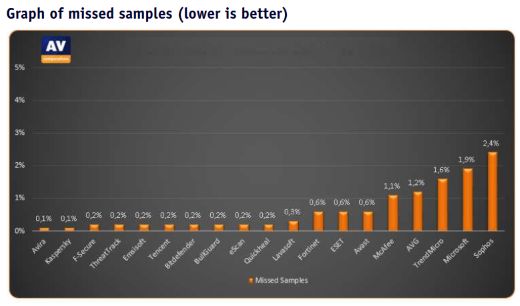
The first decision has to do with how much money you are willing to pay for an antivirus. If you want to go the free route, your options will be somewhat limited, of course. All the antivirus makers want to make money off their products, after all, so they will cripple the free versions of their applications.
This doesn’t mean that you won’t be able to find a good quality, free antivirus. Sure, the free versions will nag you every now and then, displaying special offers that encourage you to upgrade to their paid versions, but most of them won’t bother you too often. It’s a small price to pay in exchange for peace of mind.
Windows Defender (formerly known as Microsoft Security Essentials), Avast Free Antivirus, Comodo Internet Security, AVIRA Free Antivirus and Panda Free Antivirus are some of the best free options out there. No matter what free antivirus you choose, be sure to stay away from suspicious sites, which claim to offer free antiviruses, but hit you with malware applications instead.
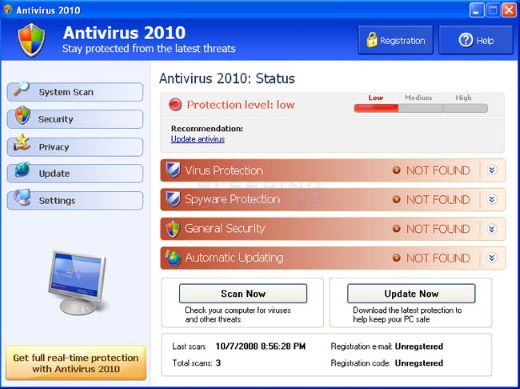
It is wise to invest some money into a high-quality, paid antivirus application, of course. You will gain peace of mind and keep your computer safe for a few dollars per month, after all. If this is the case, head over to one or more antivirus comparison sites, and then choose one of the top three winners.
Choosing a good antivirus is just the beginning. It is just as important to keep your operating system, applications and antivirus up to date. Don’t forget to install a malware scanner as well. Even a 100% free application can do a great job, helping you get rid of those nasty cookies, worms, and other bad files that might be overlooked by your antivirus.
Read More
